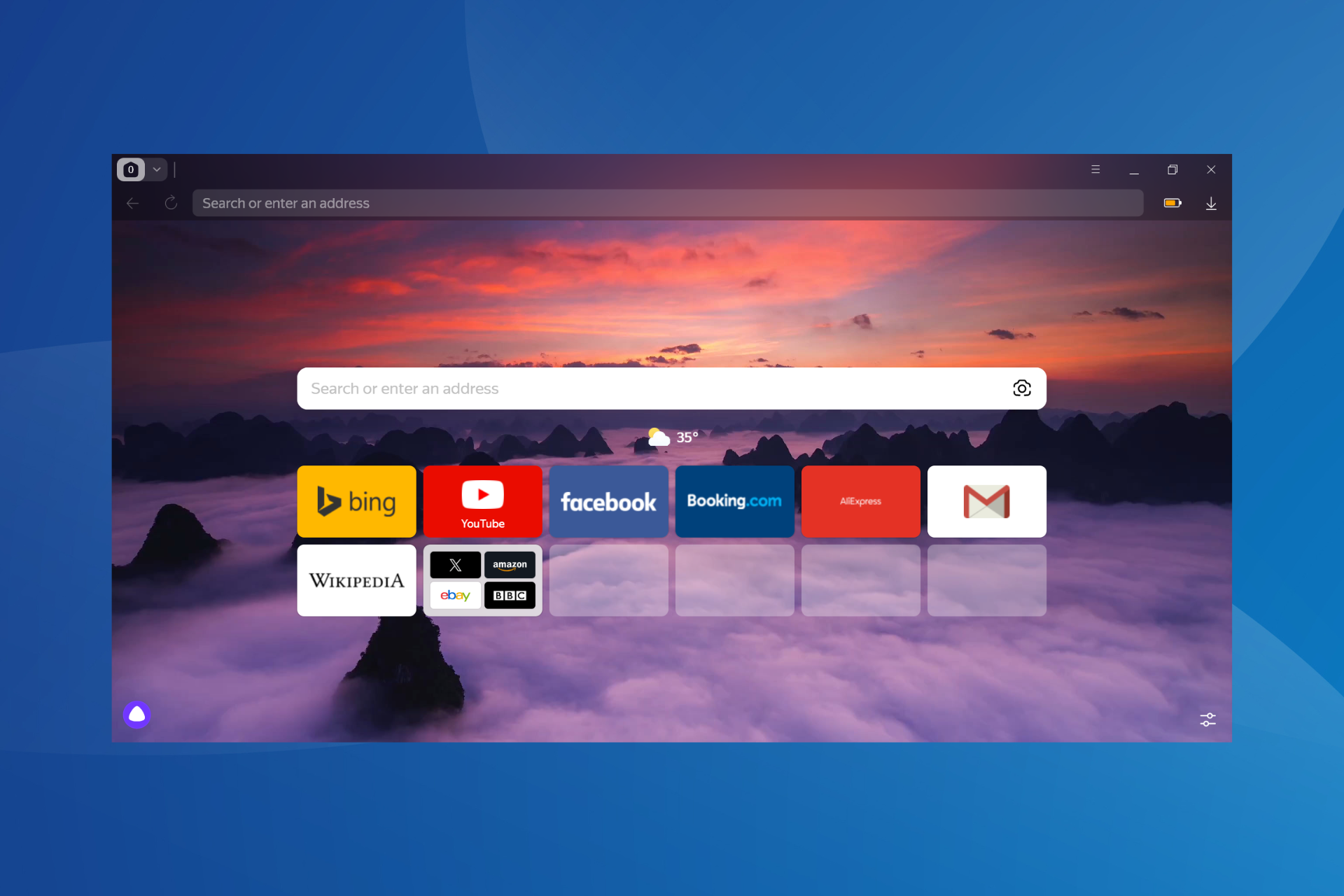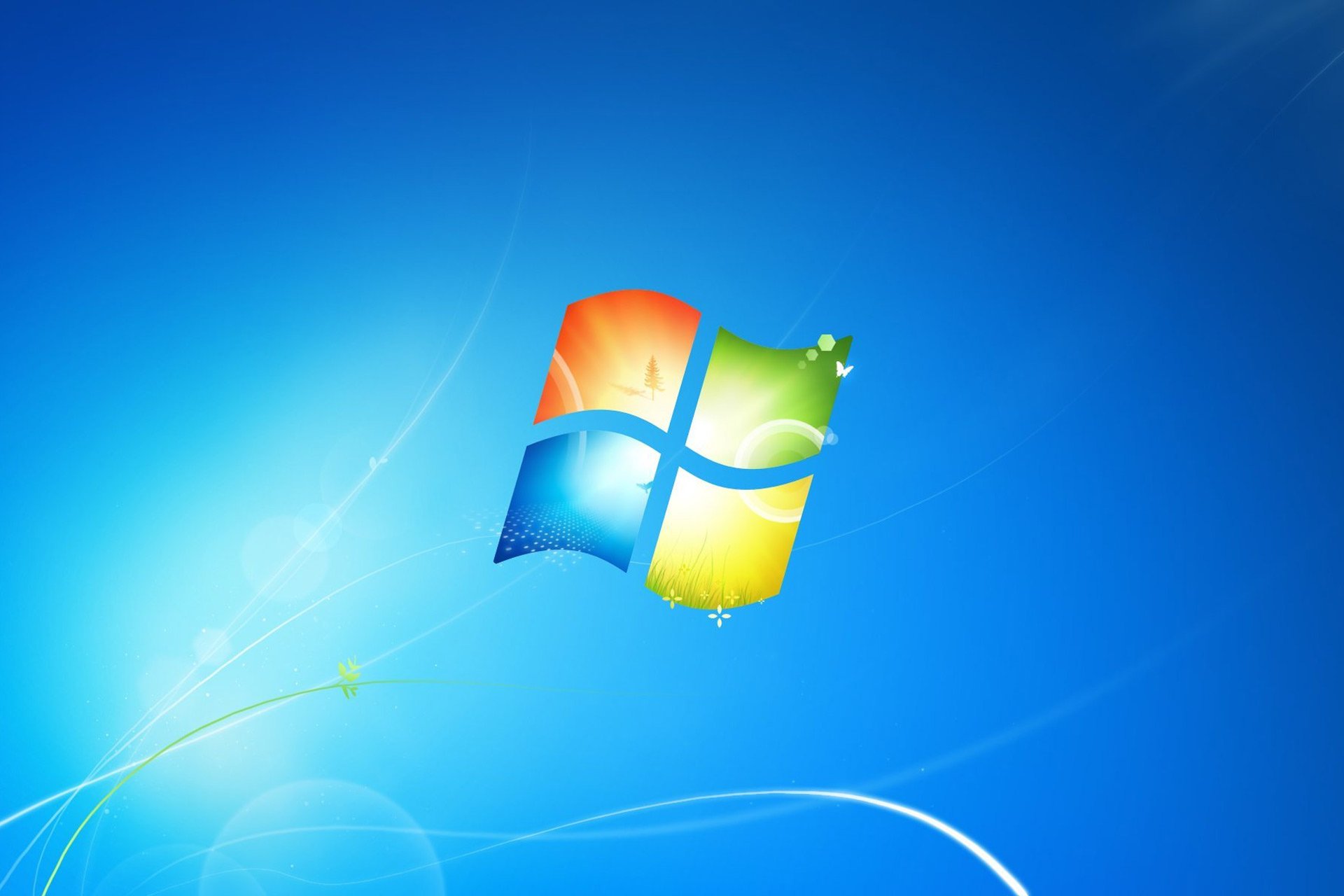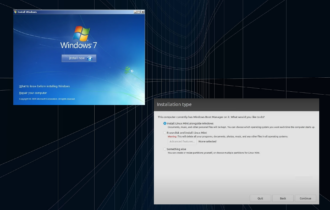Here's why Microsoft decided to release the Convenience Rollup for Windows 7
3 min. read
Updated on
Read our disclosure page to find out how can you help Windows Report sustain the editorial team Read more

Microsoft released the convenience rollup update for Windows 7 last week in order to make it easier for users to keep their computers up-to-date. More recently, the company provided us with more details about the new update pack, digging further into reasons why it decided to release it.
The rollup contains all previously released security and non-security updates for Windows 7 from SP1 (2011) to April 2016 — more than 1,000 updates. Since the rollup installs all updates at once, the general public dubbed it as ‘Windows 7 Service Pack 2’, although Microsoft didn’t officially name it so.
Why Microsoft released the Convenience Rollup for Windows 7
While it’s easy to notice the benefits of this tool, the company reached out to users and gave them the detailed list of reasons why it released the convenience rollup for Windows 7.
Here’s what Microsoft said in its recent post in TechNet:
There are several reasons Microsoft has released this roll-up at this time:
- To help customers “catch up” with available updates, including hotfixes, many of which are not available through any other means except direct download from KB articles, one-by-one.
- To help customers get consistent code levels with Windows 7 SP1 and Windows Server 2008 R2 SP1 operating systems, both of which are in “extended” support until January 14, 2020.
- To help customers get the most consistent experience with the Windows 7 SP1 and Windows Server 2008 R2 SP1 family of operating systems as they evaluate the next platform.
- In the event diagnostic efforts are needed in current production environments, there is less chance that an available update needs to be applied before analysis and/or remediation can begin. The goal is to reduce time-to-resolution for diagnostic or analysis efforts, and helping to reduce the total cost of ownership (TCO).
- To ensure that Windows 7 SP1 / Windows 2008 R2 SP1 computers have the same updates used by Microsoft servicing team when testing
If we take a closer look at these reasons, we can draw a few conclusions from them. The first conclusion is that Microsoft actually cares about Windows 7 users, and it wants to make installing updates easier for them. This especially applies to clean installs of Windows 7, because users don’t need to waste hours installing all available updates after finishing the update.
Another is to force the Windows 10 upgrade from the start. All Windows 10-related updates for Windows 7 are going to be installed along with other updates from the convenience roll-up, which could lead some less careful users into upgrading.
How do you feel about the new convenience rollup update for Windows 7? What do you think is its real purpose? Tell us your opinion in the comments.
RELATED STORIES YOU NEED TO CHECK OUT:








